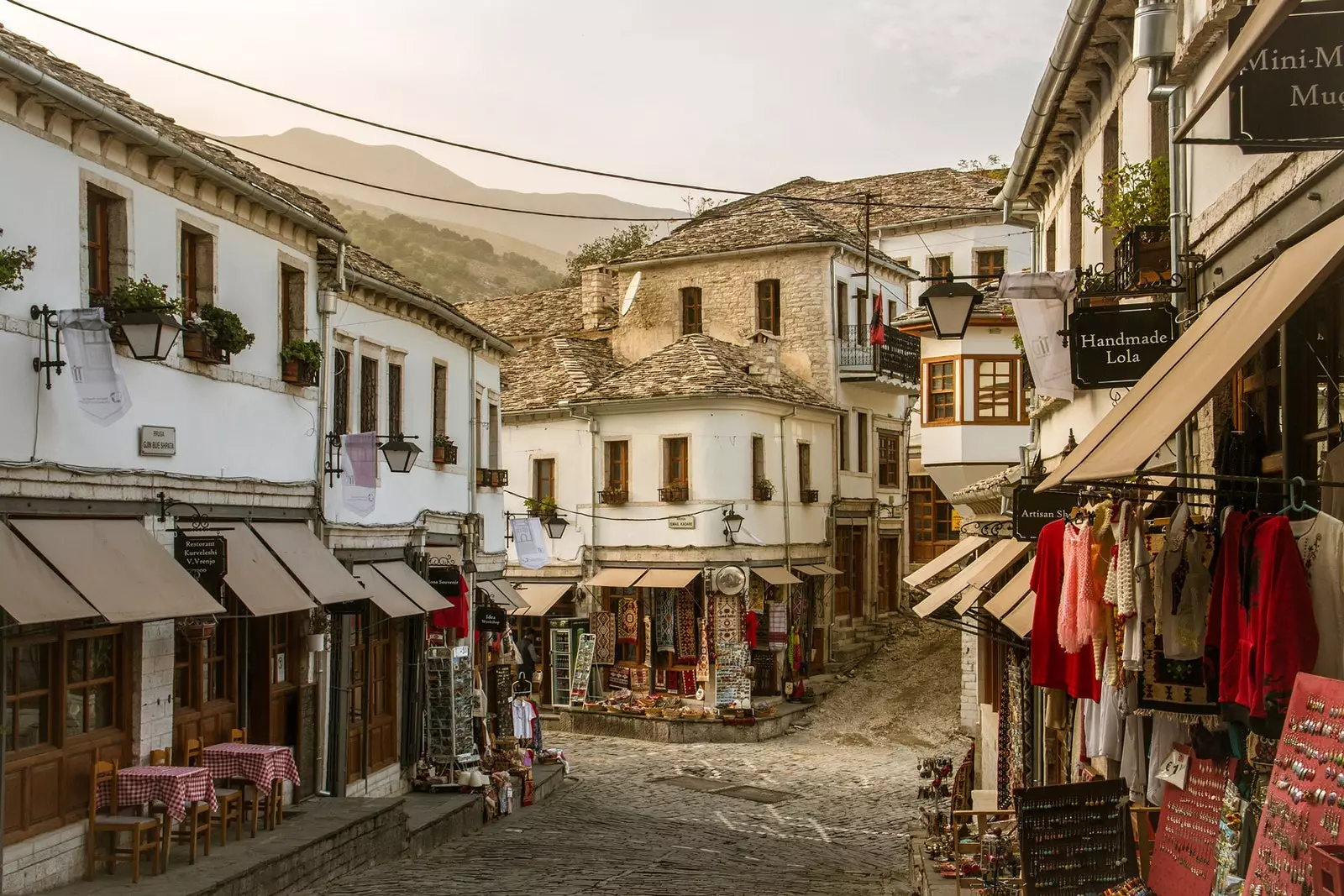
The alleys of the old town will hypnotize you
that when you get to a city perched on top of a hill make a mistake when you have to choose the path that takes you to its historic center, it can mean two things.
One: finish walking up steep slopes much longer than you originally planned. And two: that thanks to that you discover **a dazzling and lonely part of one of the most visited and famous cities in Albania** –such as, for example, its semi-hidden Church of Saint Sotir, a small Orthodox temple that barely survived the communist era.
Well, thus – fulfilling both theories – began the journey of a servant through ** Gjirokastra **, a beautiful city overlooking the Drina Valley declared, for many reasons that I will tell you, Heritage of humanity by unesco.
But before continuing to explain the benefits of this Albanian corner, I have to clarify something for you: To say that it is one of the most visited enclaves, in the case of Albania, is not to start trembling.
That is to say: forget the crowds of tourists strolling through its main attractions, because it is not like that. Albania is still a fairly unknown destination among travelers and, therefore, not at all saturated.
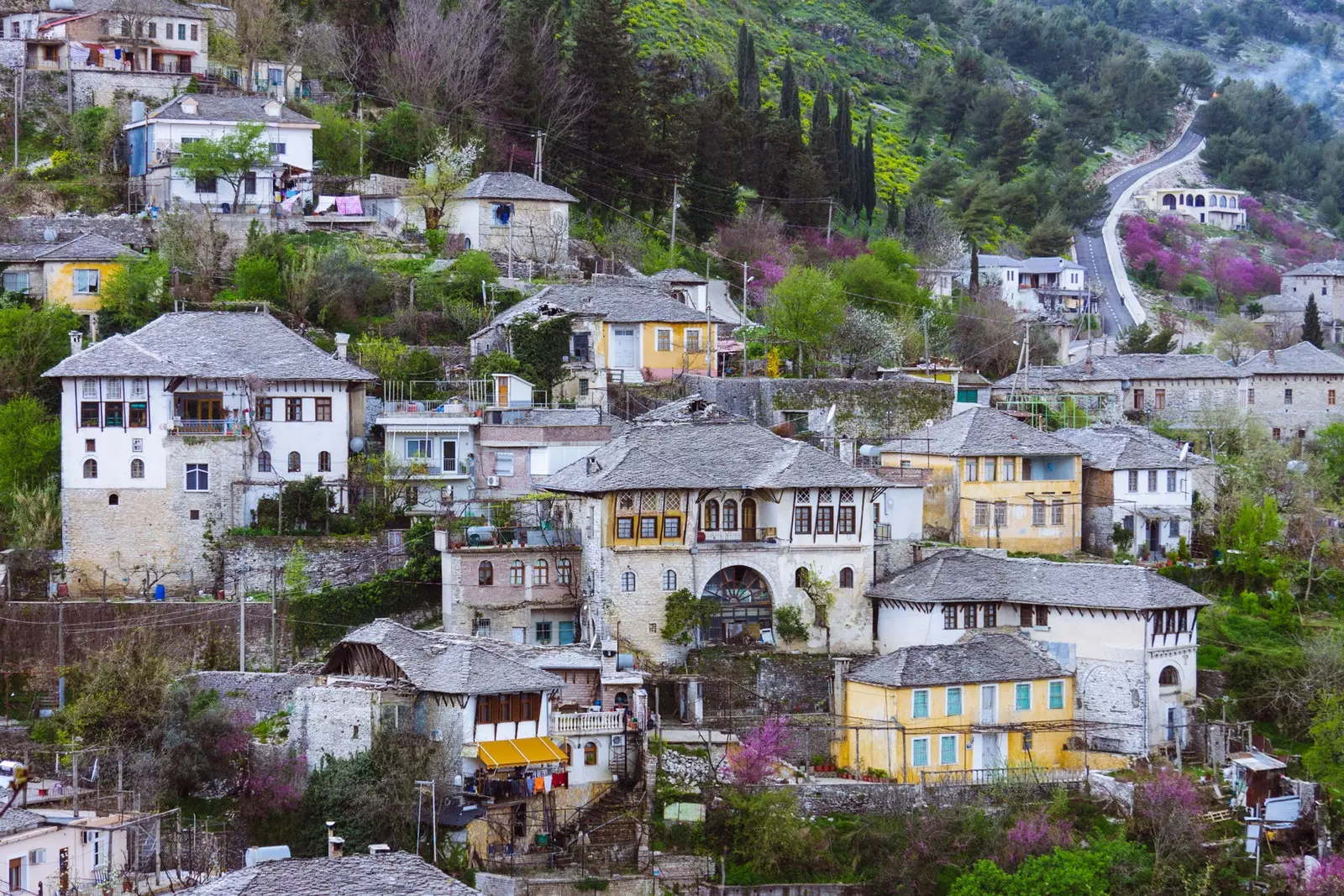
The charm of Ottoman architecture
Now yes: let's continue.
In the case of Gjirokastra, a good place to start digging into its past is where it all originated: its castle, which is reached after going up the Rruga e Kalasë or Castle Street , a steep path that skirts the hill.
While you advance –possibly with effort, we are not going to deceive you– through the road built with cobblestones, you will not be able to avoid taking a look at the souvenirs and local products –honey, lavender, crochet tablecloths…– that some vendors offer in their improvised stalls.
Reached the castle, it will be time to know your insides.
According to a series of archaeological remains found in the area, the place where the fortification is located It was already inhabited in the fourth century. Nevertheless, most of its walls were built between the 13th and 14th centuries.
Its ancient walls have witnessed crucial moments for the future of the region, an easily decipherable story as you enter the set of dark vaults built by Ali Pahsa, who ruled this part of Europe during the time of the Ottoman Empire; while you discover a small interior garden whose splendor disappeared too many years ago, or walk through a dimly lit gallery flanked by all a collection of artillery weapons from World War II. At the end of the corridor, the Weapons Museum , for which it is necessary to purchase a separate ticket.
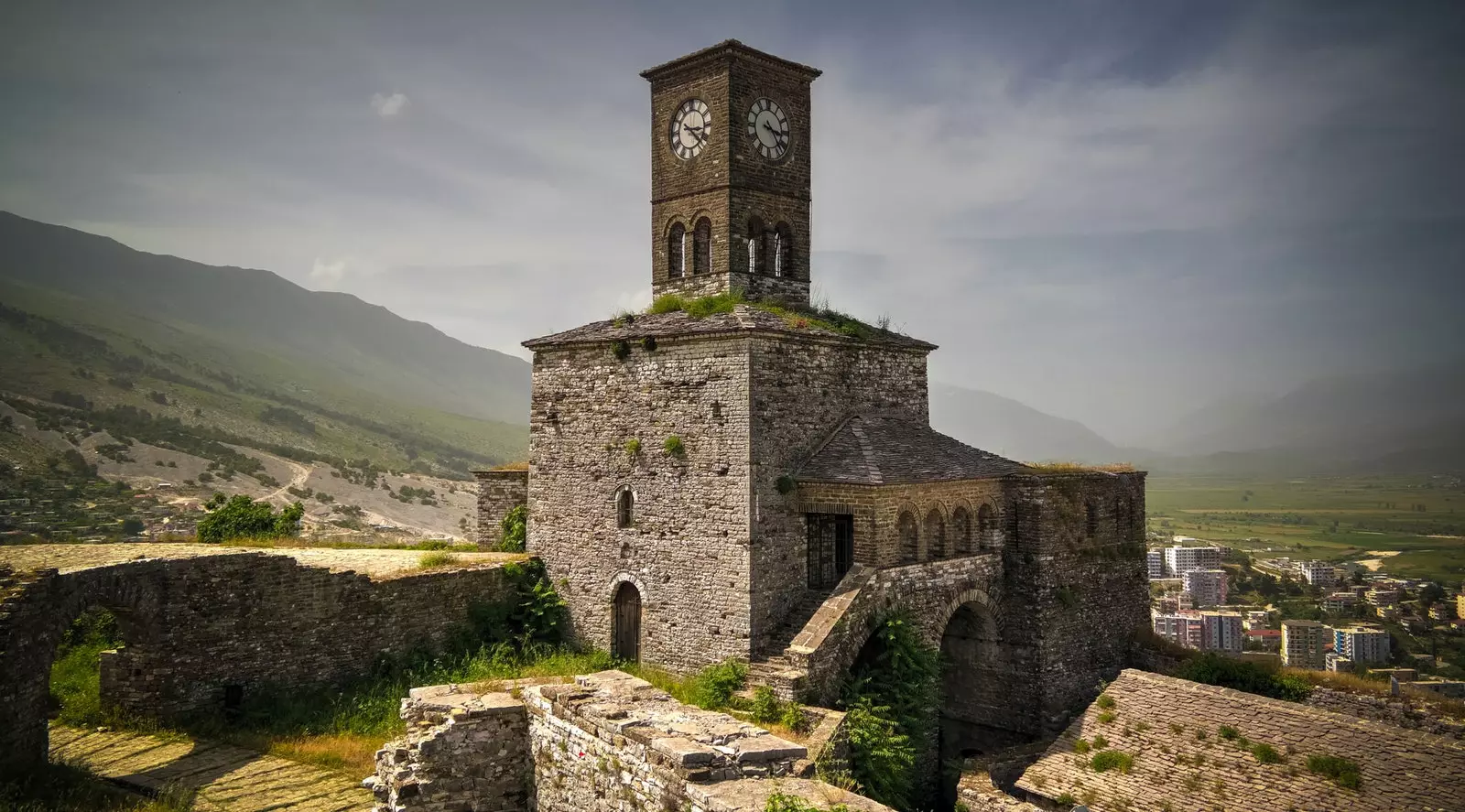
The castle, the wall and the Clock Tower
But the most beautiful thing about this fortress is outside, in its immense exterior patio: from it the views of the Drina Valley and the Lunxhëeria Mountains are incredible. Although above all you will find the fascinating panoramic view of the city dazzling.
The remains of the aqueduct carrying water from neighboring Mount Sopoti also stand on this side of the castle, as do the old Clock Tower , both contributions made during Ali Pasha's period.
Even the remains of an old church which could belong, according to some studies, to the Byzantine era, They rest in the underground of the citadel. In the great square it is celebrated, from time to time, the National Folklore Festival.
By the way, an important note: the northern part of the castle was used as a prison during the communist era and it is visitable. It was active until the 1990s and walking through its corridors is a bit... disturbing, perhaps.
The most striking part of the visit, however, is on display at one end of the square: an aircraft of the American Air Force.
There are various legends surrounding her, but the official version of the communist government was that He landed in Albania in 1961 after his espionage work during the Cold War was discovered. The plane remained forgotten for many years, until someone came up with the brilliant idea of exhibiting it, why not, in this precise place in the country.
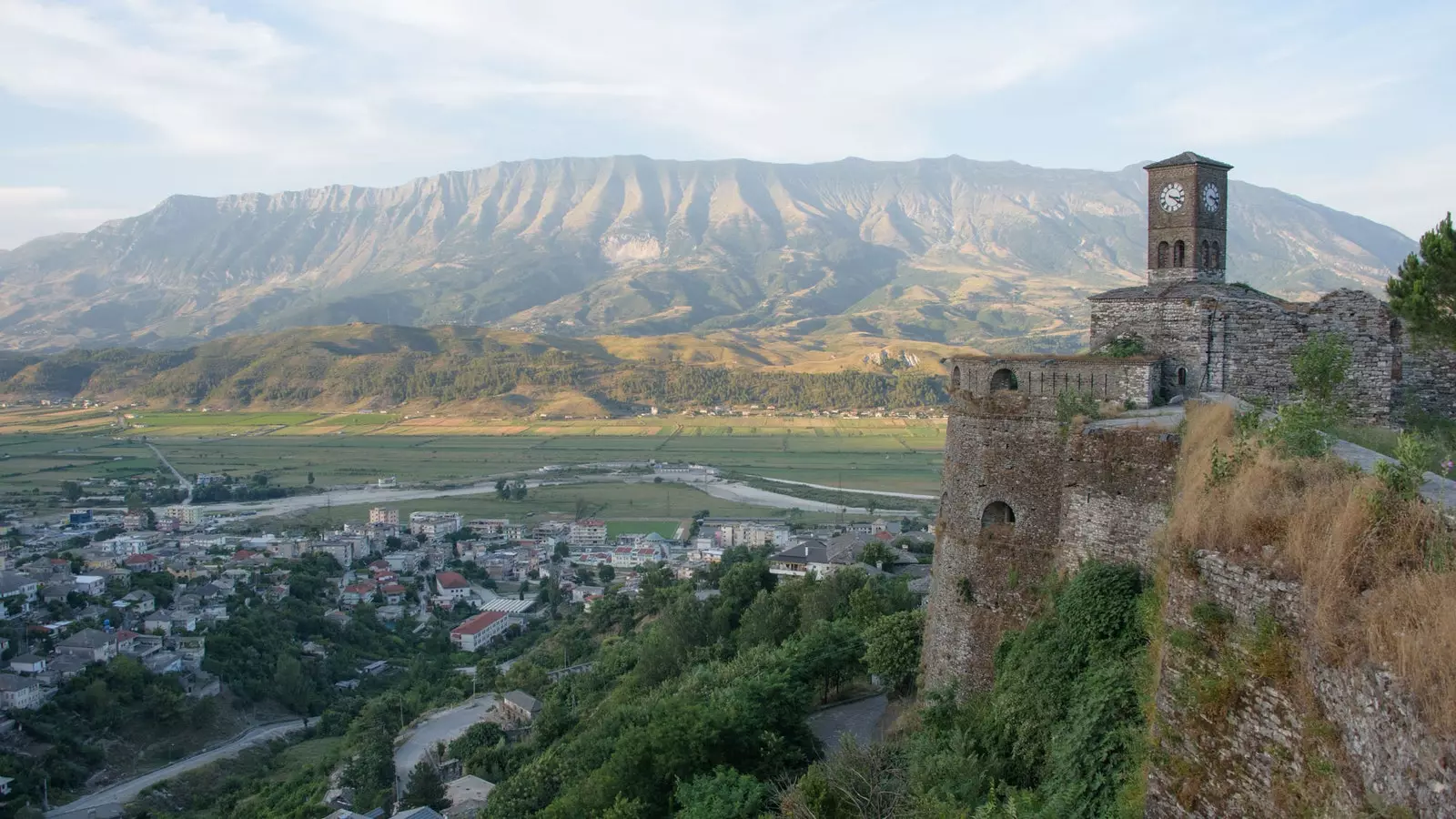
The citadel of Gjirokastër
Continuing with the history bath is as simple as going down the steep steps that connect the fortress with the Old Bazaar –Pazari i Vjetër–.
You only need to see the first typical houses, those with amazing slate roofs, to understand why the entire city was declared City-Museum by the Albanian government: you are facing one of the best preserved Ottoman city models.
And there, as you walk along the well-cared cobblestone floor of the heart of the city, you will breathe that essence that still remains and that reminds you that, Until the mid-20th century, Gjirokastër functioned as a major agricultural, leather goods, and carpentry market.
Although, yes, the current structure is much older: it was in the 17th century when Memi Pasha decided that the different alleys that housed the commercial area would converge in the same place: the one known as “neck of the bazaar”. A bazaar that has suffered the consequences of the fire even on a couple of occasions, the last one in 1912. And still, it looks beautiful.
Here you will have no choice but to let yourself go: do not succumb to the beauty of handmade rugs hanging from the entrances of souvenir shops will be impossible. the colorful pottery It rests on shelves next to the doors and they reveal a whole fantasy world for which you better have left room in your suitcase: you'll want to take it all.
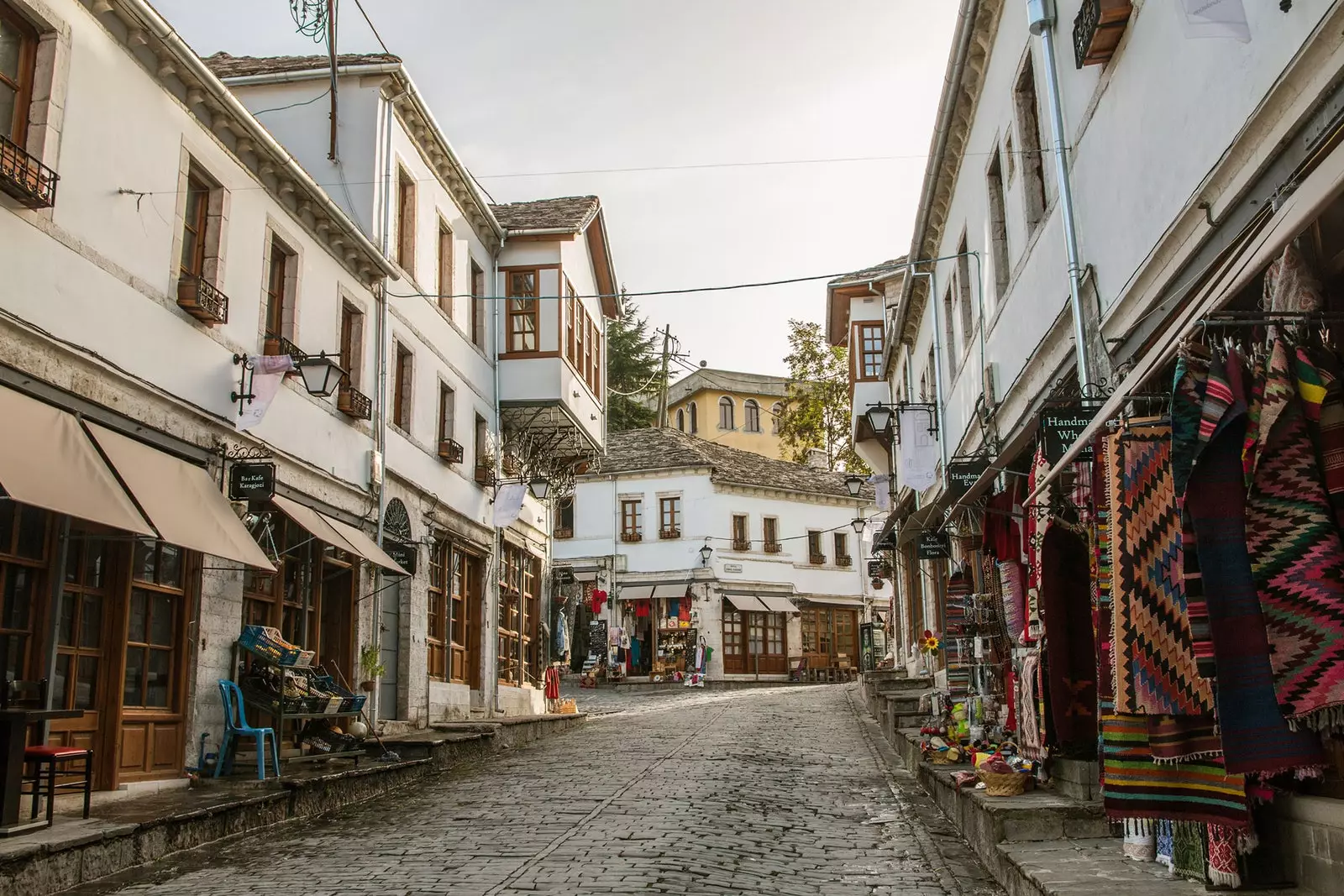
a trip to the past
Also next to the bazaar is the old mosque of Gjirokastër, a must see. Built in the 17th century, it allows access to non-Muslims during the hours when there is no prayer.
If at this point going up and down hills has made you hungry, what better way to satisfy it than trying, while you are at it, the traditional gastronomy of the area. And for this, a most forceful recommendation: Rrapi, in Qafa e Pazarit street, It is a family restaurant where they serve all kinds of Albanian tapas. Do not hesitate: shapkat and sarma are delicious.
While you delight in the outdoor terrace of the business with the flavors of Albania, take the opportunity to take a good look at the iconic buildings of Gjirokastra: are the traditional kullë or tower houses, a type of Turkish construction developed, above all, in the area of The Balkans.
The construction lines underwent variations over the years and their height depended, to a great extent, on the economic situation of their owners, who They were adding floors according to their possibilities. Throughout the historic center there are dotted, approximately 600 homes of this type. Some are visitable.
For example? Kadare House, the birthplace of one of the most recognized and acclaimed personalities in the entire country: the writer Ismael Kadare. That his grandfather was a judge explains the dimensions of his former home, whose conservation works were financed both by the Albanian state and by UNESCO.
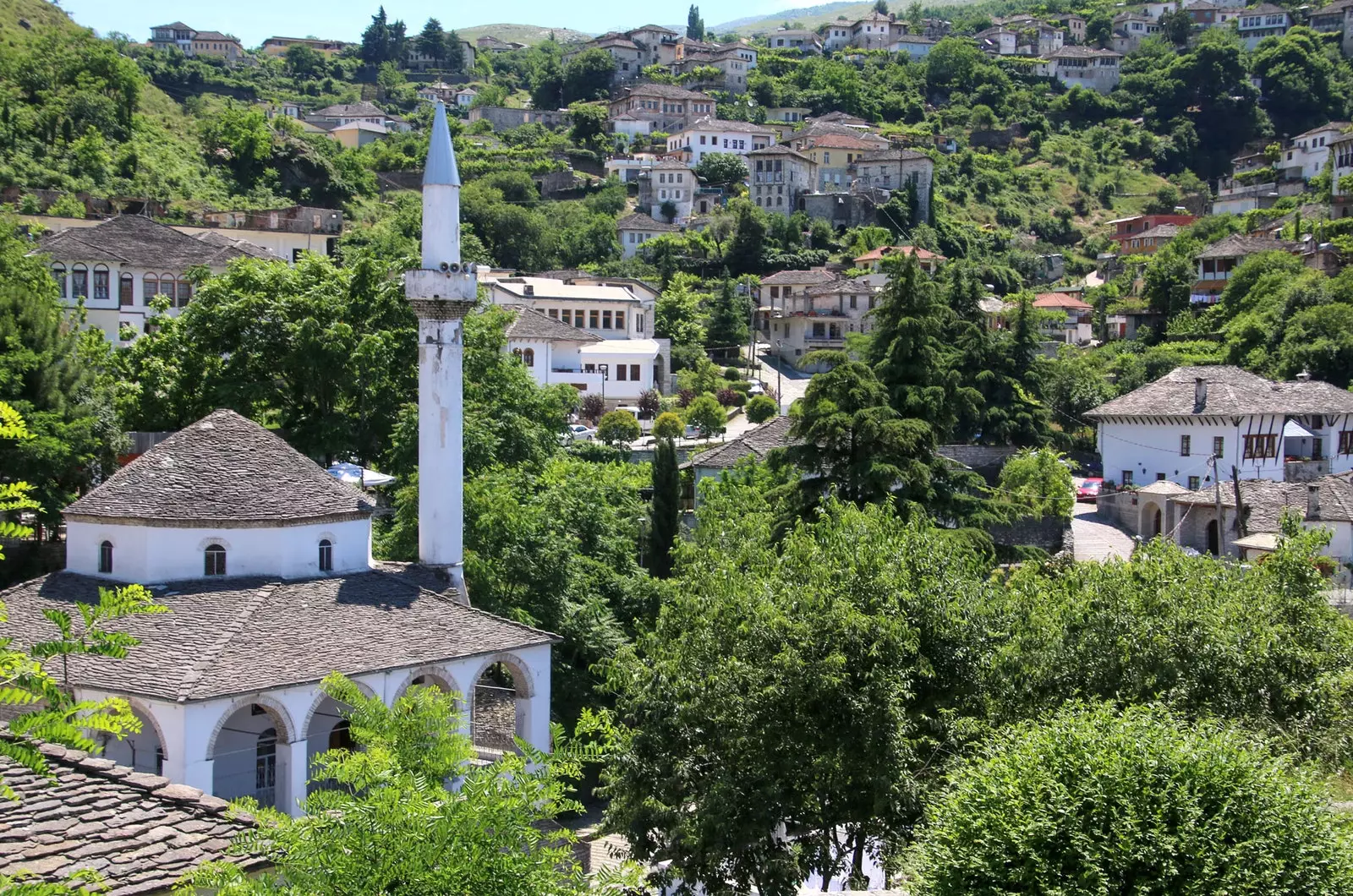
Next to the bazaar is the old mosque of Gjirokastra
Something less hidden, another native house: that of one of the names most linked to the history of Albania, the dictator Enver Hoxha –by the way, it is said that the fact that Gjirokastra has been preserved so well and never succumbed to the horrible constructions typical of communism is due to the fact that it was precisely in charge of protecting it during the years of dictatorship–. Today it hosts the Ethnographic Museum.
Next to her, Skëndulaj House, original from the 18th century –although renovated in the 19th–, which with its 64 windows, 9 fireplaces and 6 bathrooms, is still owned by the same family that has owned it for generations.
But without any doubt, the jewel in the crown is the Zekate House, a true work of art: here each of its corners exude elegance and beauty. is found in the neighborhood of Palorto, It was built in 1810 by one of Ali Pasha's administrators and, as you walk through its two imposing floors, you discover treasures such as its stained glass windows, its elaborate fireplaces and its carved wooden ceilings.
To finish off this trip to the past, visit the offices that housed during the communist era the so-called Executive committee: count on a bomb shelter in their basements which can be visited. There you will find a true labyrinth of underground corridors in which there is no shortage of offices where up to 200 people worked, bedrooms and a meeting room.
Fear of a possible US attack during the years in which the Cold War lasted, it populated the entire country of these parallel universes underground.
And in this way we end a most interesting visit. The perfect climax to this walk through the history, culture and architectural heritage of one of the most beautiful cities in Albania.
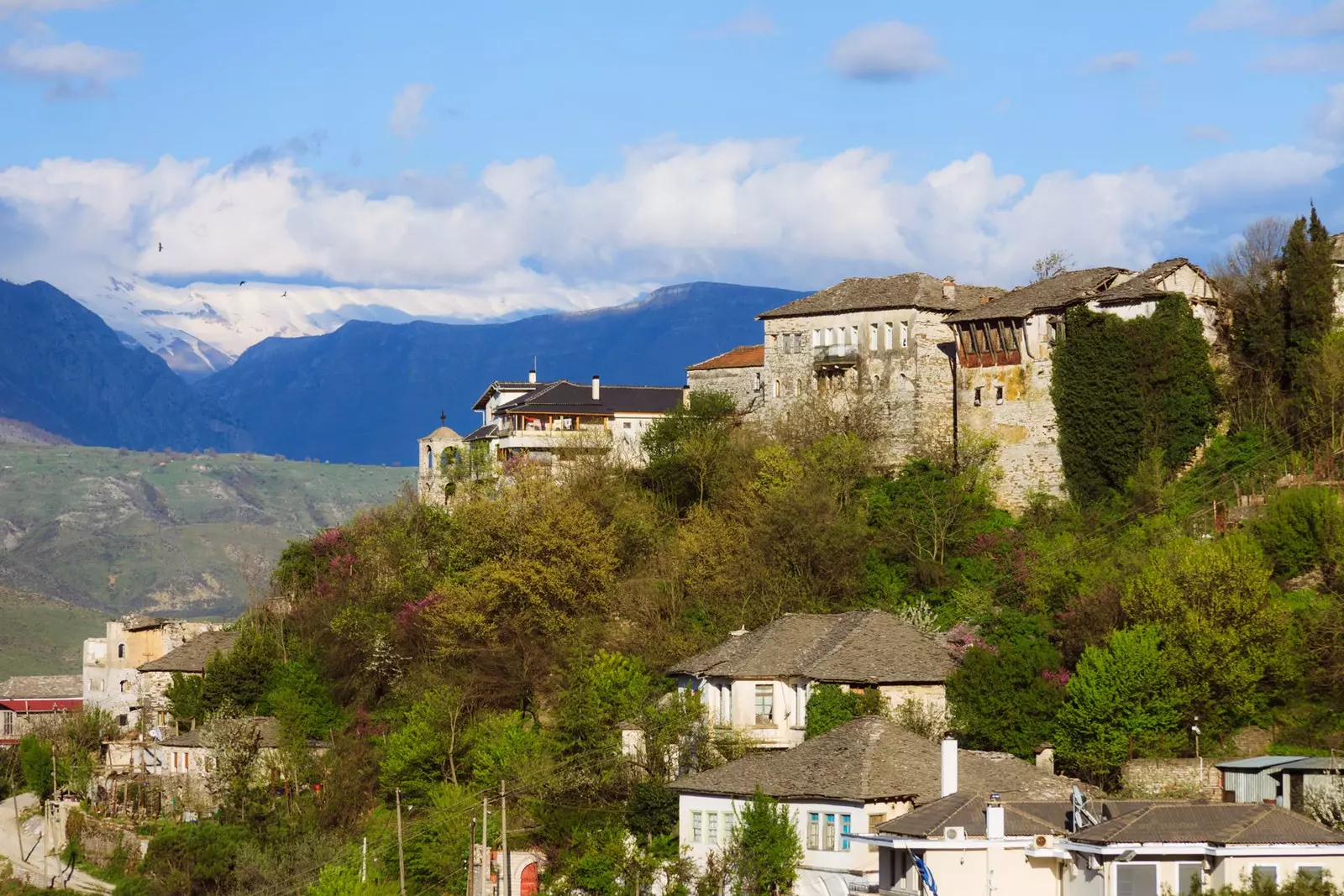
Gjirokastra, the most beautiful city in Albania
